Inside Earth: The Crust, Mantle and Core

Inside Earth: The Crust, Mantle, and Core
Let’s talk about digging a hole
Imagine a team of drillers who set out to drill a hole to the other side of Earth. Because who wouldn’t want to build a shortcut to the other side of the Earth, right?
So, our team of drillers hires a brilliant engineer to design the strongest drill possible. After several designs, the engineer has the perfect drill to get the job done.
How far do you think the team of drillers make it?
We’ll get back to our team of drillers in just a second. But first, let’s get to know inside our Earth.
What’s inside Earth?
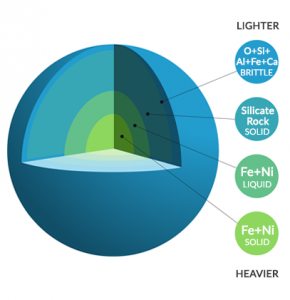
All planets have layers. Earth has a core, mantle, and crust. Within all planets, the densest material is separated. While the lightest material is on the outer edge, the densest is in the center.
For example, the heaviest material like iron and zinc are in the core. Finally, lighter silicate rocks remain on top to form a crust.
Now, we know Earth’s density is highest in the core and lighter in the crust. Let’s start with the lightest which is the lithosphere.
1. Earth’s crust
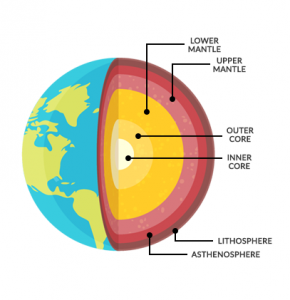
On the outer shell, Earth’s crust is thin and rigid. The crust is all around us. Unless you’re not floating in outer space right now, it’s the layer you live on.
In comparison to other layers, the crust is mostly made up of rocks with a density from 2.7 to 3.3 g/cm3. The lithosphere is split between continental and oceanic crust. But both turn out to be very different from each other.
Oceanic crust
All oceanic crust forms in the same way. First, long chains of underwater volcanoes spew out lava. It’s at these mid-oceanic ridges where plates move apart from each other. The lava it ejects turns into oceanic crust. As a result, the youngest geological rocks on Earth are found under the ocean at the oceanic crust.
Continental crust
But the continental crust is completely different from the oceanic crust. Continental crust is thicker and less dense than oceanic crust. It’s too buoyant to sink compared to the heavier mantle rock underneath. Because continental crust floats on the surface of the mantle, continents can have rocks over 4 billion years old.
2. Earth’s mantle
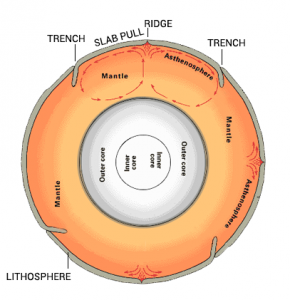
As we move down through the crust into the mantle, we get into denser and heavier rocks. It’s not only density. But the further we go, the hotter it becomes.
Similar to how the temperature fluctuates in the air on our planet, the temperature in the mantle varies. But it turns out that variation is even more extreme deep inside Earth.
The mantle’s structure is mostly silicate with a density ranging from 3.2 to 5.7 g/cm3. Because the mantle and crust are made of rock, the transfer of heat is through convection. The hotter, fluid mantle causes the less dense crust to rise which consequently results in the transfer of heat.
Asthenosphere
The asthenosphere (averaging 80-200 km) lies beneath the lithosphere. Unlike the rigid and brittle properties of Earth’s crust, the asthenosphere behave soft and plasticky. In fact, this fluid property is what provides the necessary lubrication for plate tectonics. So, the crust sits on top of the asthenosphere, which is part of the upper mantle. Then, it’s carried enormous distances through a process called “continental drift”.
Upper mantle
The upper mantle (35-670 km) contains the asthenosphere. When you go about 100 km down into the Earth, the temperature is already in the range of 450-900°C. Actually, it’s so hot that you would just see white and the pressure is remarkably intense. The upper mantle has a density of 3.9 g/cm3. The upper mantle and crust (outermost layer) together, make up the lithosphere.
Lower mantle
The lower mantle (670-2900 km) represents a significant amount of volume of Earth. It contains about 56% of the total volume filling in the transition zone and upper core. The lower mantle has a significantly higher density than the upper mantle. It averages about 5.0 g/cm3 of mostly solid rocks.
3. Earth’s iron core
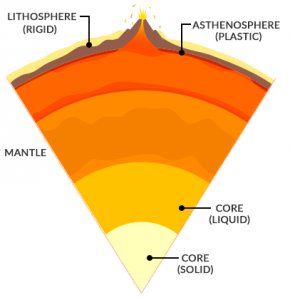
If you dig beneath the mantle, you get a mix of liquid and solid in the core of Earth. The core is shaped like a ball with a radius of about 1,220 km. The pressure is remarkably intense with temperatures up to 5500°C.
Seismologists suggest that the core is rotating faster than the mantle. This plays an important role in generating a magnetic field. Like a force field, the magnetic field protects us with a never-ending stream of charged particles from the sun.
Outer core
Earth’s outer core is liquid with a thickness of about 2,400 km. It’s composed mostly of nickel and iron with a density between 9.9 to 12.2 g/cm3. Because the core is made of metal, electrical conduction transfers from the core to the mantle.
Inner core
The transition between the inner and outer core is 5,150 km beneath the Earth’s surface. At the center of the Earth, it’s about 5500°C. The pressure is remarkably intense. Earth’s inner core has the highest density at 12.9 g/cm3.
How do we know what’s inside Earth?
We can’t physically go inside the Earth. And unfortunately, light doesn’t travel through the rock so we can’t see inside it either.
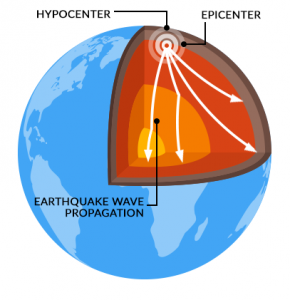
To overcome this, we use imaging and seismic tomography to see what’s inside Earth. During an earthquake, seismic waves pulse through rocks in the crust and mantle. Overall, the speed at which the waves travel gives you rock characteristics.
For example, waves propagate faster for cooler rocks than for hotter rocks.
By understanding the time it takes for waves to travel, we can get a clearer picture of what’s inside Earth. Because of seismic waves, we now have images of inside the Earth.
Back to our team of drillers…
It turns out that a team of drillers is a bit of a true story. I don’t think they were trying to drill to the other side of the world, but a team of Russian drillers did try to dig the longest hole in 1970.
The hole they dug is called Kola Superdeep Borehole. And the deepest they were able to dig was about 12.7 kilometers into the Earth. But the Earth has a radius of 6,371 km from the center to the surface. This means they’ve barely scratched the surface.
What happened? How come they couldn’t drill any deeper?
It turns out that because the conditions became so inhospitable, the drill bits couldn’t withstand the pressure and heat inside Earth.
But because we can analyze seismic waves during earthquake events, we can begin to understand what’s really inside Earth.
Inside Earth: The Crust, Mantle and Core
It’s all about the layers! Earth consists of five different layers: the crust, mantle, outer core, inner core, and asthenosphere.
These layers vary in composition, temperature, and physical properties, and they play crucial roles in shaping our planet’s geology and dynamics.
Don’t forget that we are always open to comments and questions in the comment form below. Let us know what’s on your mind.

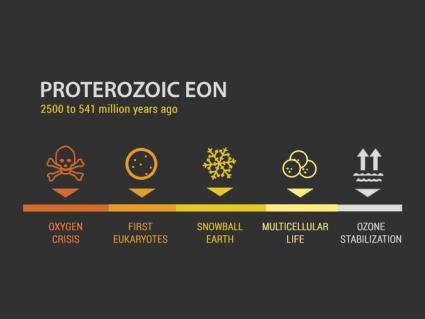
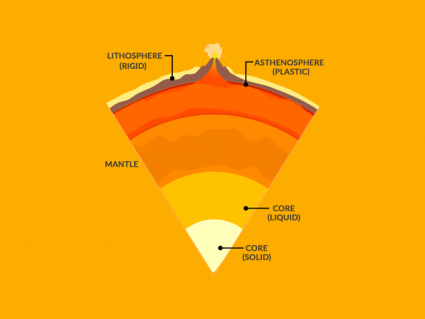

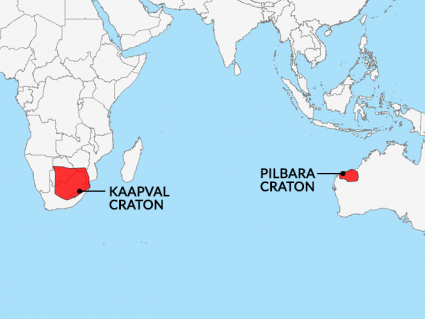
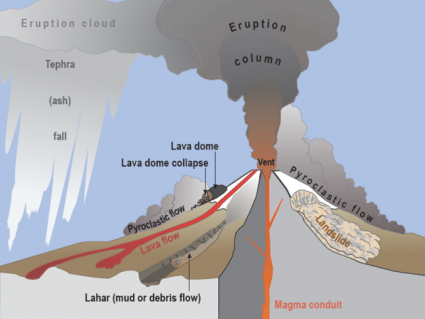

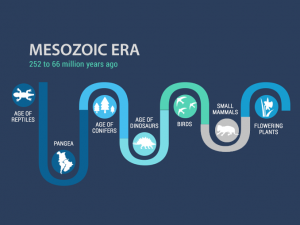
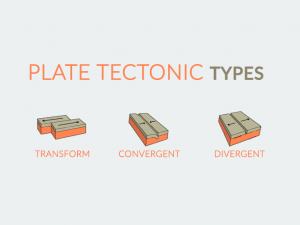
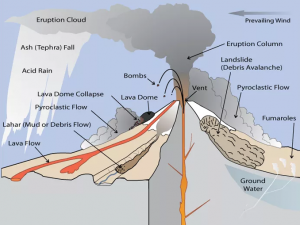
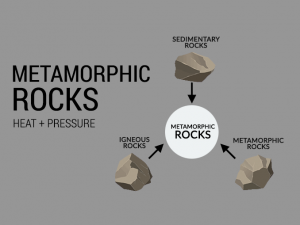
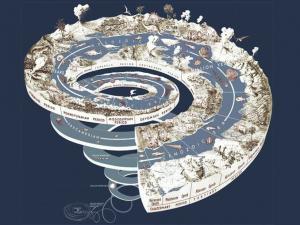
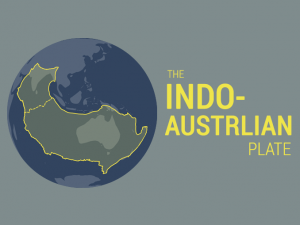
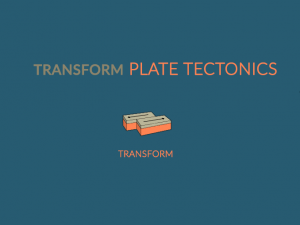
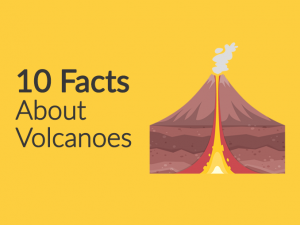
I meant to say, what is the calculation of the earths heat
In which period of the earth consist of precious stones like gold, silver, emeralds, and other minerals like copper, colbalt etc..?
I need to know how far each one is, please
(Total novice here)
Would a reduction in crude oil that exists inside rocks (earths crust), affect convection.. would it’s absence result in more or less heat in our earths mantle? And ultimately the core.
What would happen if the core was heated up or cooled down?
Statement: “Because the mantle and crust are made of rock, the transfer of heat is through convection.”
Is this correct, if both are made of rock then how can convection occur,
shouldn’t it be conduction??
Thanks Pete. I always appreciate comments from our audience, especially from dedicated, not-for-profit organisations like Geological Society Education.
Sometimes, we simplify topics because it’s aimed at primary students. But no excuse, and we will update appropriately.
1. Yes, the crust is included as part of the lithosphere and is not the same thing.
2. Yes, that’s correct. The crust, which we live on, belongs to a plate tectonic. In fact, this is why surveyors are switching from a static to a dynamic coordinate reference system. Because the crust (which belongs and moves with a plate) is constantly in motion, a new coordinate system (NATRF2022) will account for these shifts and replace the North American Datum of 1983.
3. Yes, the asthenosphere (which is part of the upper mantle) behaves like a fluid, and has properties like a fluid. But it’s really not a fluid. In the text, we have “In fact, this fluid property is what provides the necessary lubrication for plate tectonics.” Is that not correct?
4. (Same a #1) Are you trying to say this sentence forgot to include the upper mantle along with the crust which makes up the lithosphere?
Again, we very much appreciate the comments from the Geological Society Education. It’s a fantastic resource, which we highly recommend – https://www.geolsoc.org.uk
Might I point out the following misconceptions for when you next update your site:
1. The crust and lithosphere are NOT the same thing.
2. The crust is NOT the plate
3. The mantle is NOT a fluid (as implied) although it flows
4. The crust does NOT sit on top of the asthenosphere
In addition your site is out of step with current ideas about convection currents and plate movement re. convection currents in the mantle etc that are expected in modern exam specifications. This is such a pity as your site and graphics provides an otherwise commendable resource. I would be happy to advise further on rewording.
You might find the following useful. https://www.geolsoc.org.uk/Plate-Tectonics/Chap2-What-is-a-Plate
https://www.earthlearningidea.com/PDF/326_Plate_driving_mechanisms.pdf
Pete Loader (Geological Society Education)